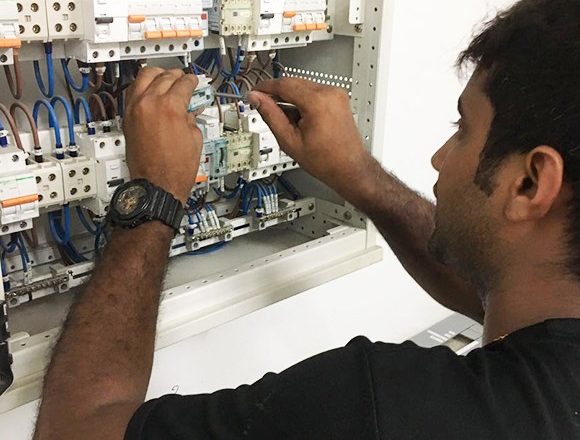In today’s fast-paced world, electricity powers our homes, providing us with comfort, convenience, and connectivity. Proper domestic electrical installation is not just about ensuring that the lights come on when you flick the switch, but also about guaranteeing the safety of your home and your loved ones. Whether you’re building a new home or renovating an existing one, understanding the essentials of domestic electrical installation is crucial. This blog will guide you through the key aspects of domestic electrical installation, emphasizing safety and efficiency.
**1. ** Plan Carefully:
Before any installation begins, careful planning is essential. Assess your household needs, including the number of appliances, lighting fixtures, and outlets required for each room. A well-thought-out plan will prevent overloading circuits and ensure a more efficient use of electricity.
2. Choose the Right Wiring:
Selecting the appropriate wiring is fundamental to a safe electrical installation. Different areas of your home may require different types of wires based on the load they will bear. Copper wiring is the most commonly used due to its conductivity and heat resistance. Your electrician will help you choose the right gauge and type of wire for each circuit.
3. Safety First:
Safety should always be the top priority in any electrical installation. Install circuit breakers, residual current devices (RCDs), and smoke detectors to minimize the risks of electrical fires and shocks. It’s also crucial to ensure that all electrical work complies with local building codes and regulations.
4. Adequate Grounding:
Proper grounding protects your home from electrical faults and lightning strikes. Grounding rods or grounding plates should be installed outside your home, and all electrical circuits should be connected to the grounding system to prevent electrical surges.
5. Energy Efficiency:
Incorporating energy-efficient components can significantly reduce your electricity bills. Consider LED lighting, energy-efficient appliances, and smart home technologies that allow you to control and monitor your energy usage. Additionally, installing programmable thermostats and motion sensor lighting can further enhance energy efficiency.
6. Regular Maintenance:
Once your domestic electrical installation is complete, regular maintenance is essential to ensure its longevity and safety. Periodic checks by a qualified electrician can identify potential issues before they escalate, preventing costly repairs and ensuring the continued safety of your home.
7. Hire a Professional:
While DIY projects can be satisfying, electrical work is best left to the professionals. Hiring a licensed and experienced electrician ensures that the installation is done correctly and safely, giving you peace of mind knowing that your home is in capable hands.
